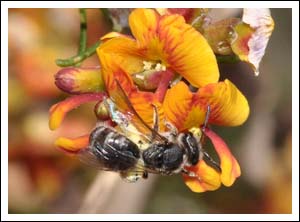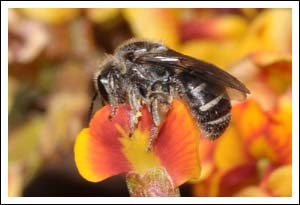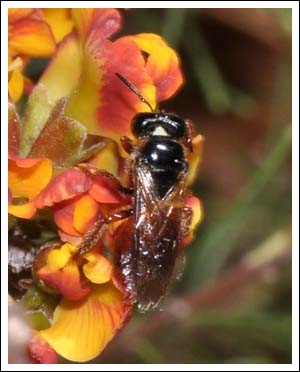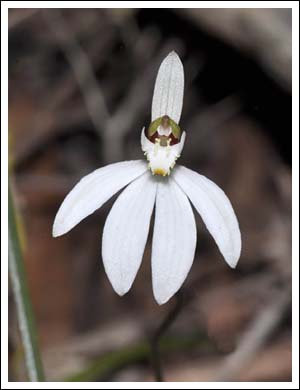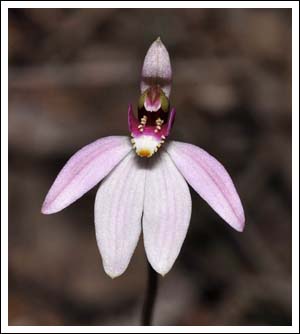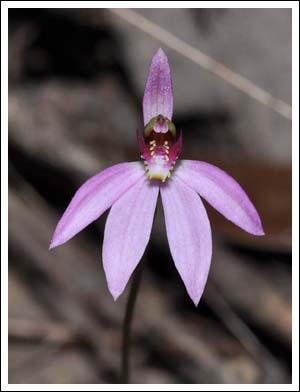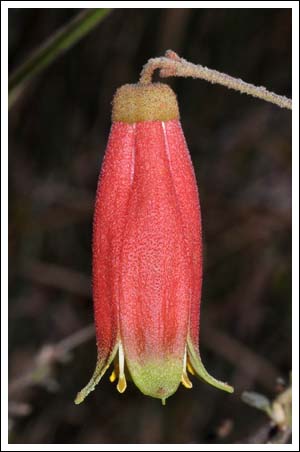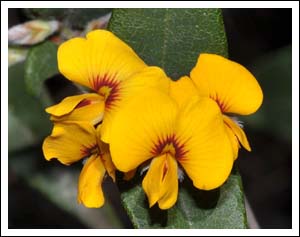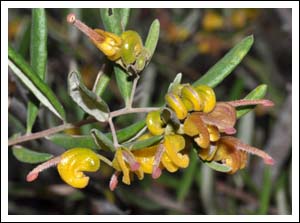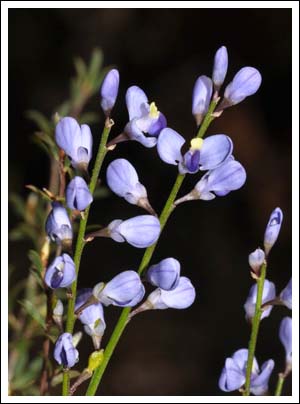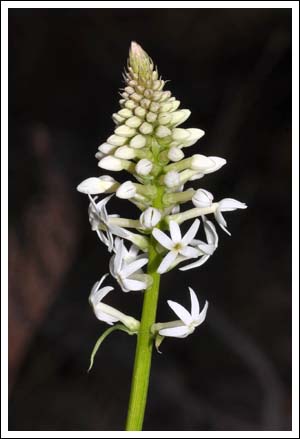Continuing from the previous post, many small moths were disturbed from the vegetation but were hard to capture with the camera as they were hard to find when they landed. Patience was eventually rewarded after several pursuits.
Easier to find were the Taxeotis perlinearia, even though they blended in perfectly with dry eucalypt leaves.
A search for jumping spiders at two locations found Jotus auripes.
Prior to entering the bush some patches of Showy Parrot-pea, Dillwynia sericea had been noted beside the main road, and they needed to be checked out on the return journey for native bees. If you’ll excuse the pun they were a hive of activity with an unusual number of bees zipping around gathering pollen and nectar.
Pollen gathering.
Nectar gathering.
The last two images show a bee settling on top of a flower where for some time it bubbled the nectar in order to evaporate it and increase the viscosity. This activity can be seen in the last image if it is fully enlarged. The majority of the bees working were Lasioglossum calophyllae, but occasionally there was an Exoneura bicolor.
Back at base, after some days a check was made at the area of native grassland preserved at the local cemetery, where the flush of spring wildflowers is now getting under way. One Chocolate Lily, Dichopogon strictus had attracted three Lasioglossum lanarium.
Click images to enlarge.





